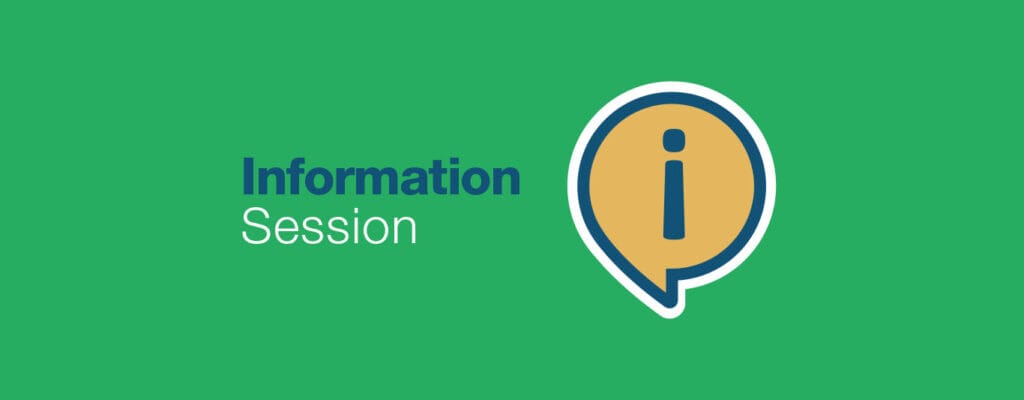


Do teachers move forward to cover the objectives associated with the standardized test for that grade? Or do they slow down and make sure their students master the material before moving ahead?
For many educators, teaching English Language Arts in the era of more rigorous standardized testing has become something akin to “Sophie’s Choice,” the novel and subsequent film in which the lead character must choose between which of her two children will die.
Common Core State Standards increase the level of rigor for what children should know and be able to do during their school career. It’s good that it raises the bar. Now teachers, especially in schools serving low income communities, need to cover the material that will be on a more rigorous, more specific test. But what happens when a larger percentage of students haven’t mastered the basic skills of reading, writing and more?
Do teachers move forward to cover the objectives associated with the standardized test for that grade? Or do they slow down and make sure their students master the material before moving ahead? And what do you do with the middle-schooler who is more comfortable reading Junie B. Jones than the grade-level, chapter book classics?
 There is all sorts of rhetoric about how teachers need to get better at differentiating instruction so they can challenge the students who need a challenge and accelerate the learning of those who are behind so they can catch up. Of course we need to provide teachers with exceptional professional development and classroom support to do this. But is that enough?
There is all sorts of rhetoric about how teachers need to get better at differentiating instruction so they can challenge the students who need a challenge and accelerate the learning of those who are behind so they can catch up. Of course we need to provide teachers with exceptional professional development and classroom support to do this. But is that enough?
Unless we also make certain that students don’t fall behind in the first place, the answer is probably, “No.” Nationally in 2013, only 35% of our country’s fourth graders scored at or above proficiency in reading, the National Assessment of Educational Progress (NAEP) found in its 2013 National Report Card. There’s an incredible amount of work to do. For now, the Sophie’s Choice remains for English Language Arts teachers: move forward to cover the material all students are supposed to learn or slow down to make certain all students learn it? The tension is real.
What do you do? How does this play out in your classrooms?
| Share this article on: |


Join CLI’s Breakfast Briefing to explore the future of literacy! Connect with education leaders, hear impact stories, and discover ways to get involved. Stay[..]

Empower Oregon’s educators with proven literacy strategies! Join our free virtual info session to explore research-based tools and connect with experts. Register now!

Celebrate Women's History Month with powerful stories that inspire, educate, and uplift. 📚 Download our curated guide and stay connected for more inclusive literacy[..]